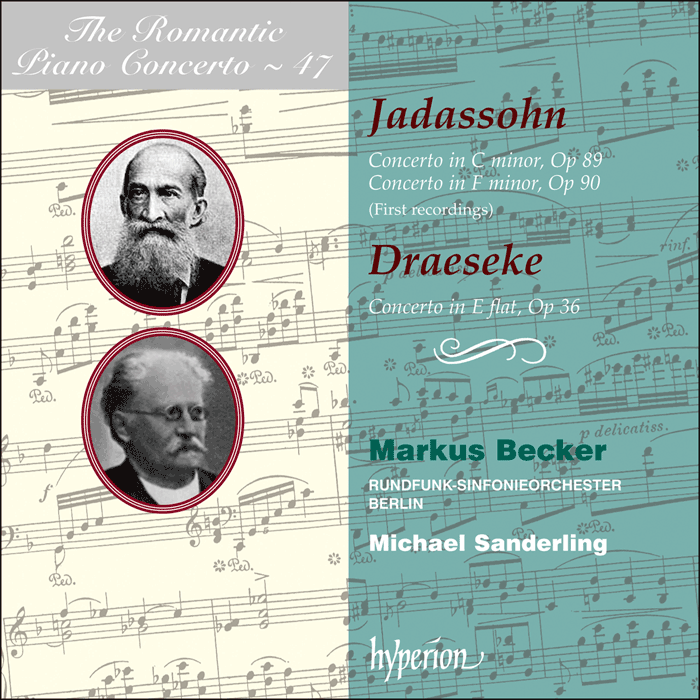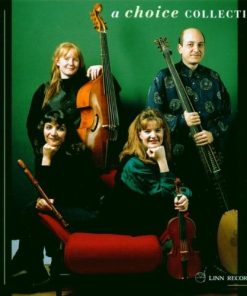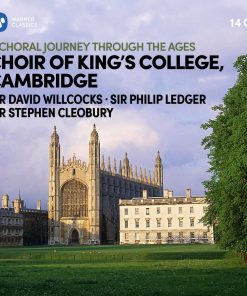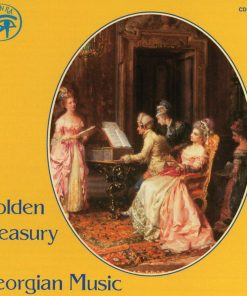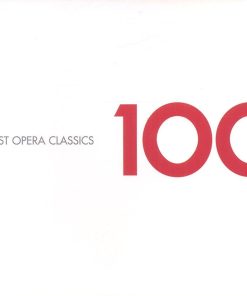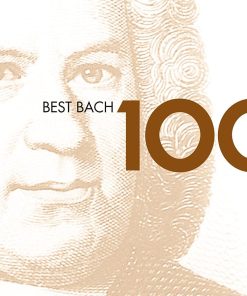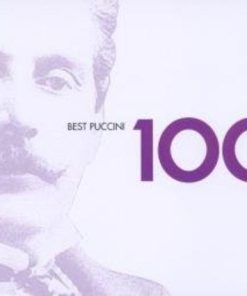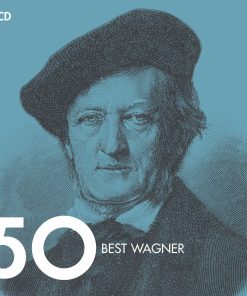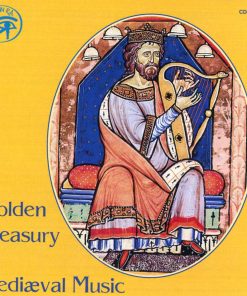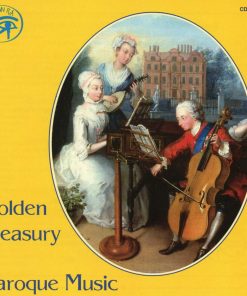The Romantic Piano Concerto, Vol. 47 – Draeseke & Jadassohn: Piano Concertos Markus Becker, Rundfunk-Sinfonieorchester Berlin, Michael Sanderling Hyperion
$ 19,99 $ 11,99

Piano Concerto No 1 in C minor Op 89[15’34]Salomon Jadassohn (1831-1902)
1
Introduction quasi recitativo: Allegro appassionato – Andante[2’05]2
Adagio sostenuto[4’43]3
Ballade: Allegro patetico – Molto più mosso[8’46]Piano Concerto No 2 in F minor Op 90[23’36]Salomon Jadassohn (1831-1902)
4
Allegro energico e passionato[12’20]5
Andantino quasi allegretto – Agitato – Allegro deciso – Andantino[5’09]6
Allegro appassionato[6’07]Piano Concerto in E flat major Op 36[30’19]Felix Draeseke (1835-1913)
7
Allegro moderato[9’43]8
Adagio[11’08]9
Allegro molto vivace[9’28]

Though barely remembered now, both Salomon Jadassohn and Felix Draeseke were major figures in German musical life in the second half of the 19th century. Both began their studies at the conservative Leipzig Conservatory but after independently encountering Liszt and his work at Weimar in the 1850s both became disciples of that composer and the New German School he established. Jadassohn subsequently returned to Leipzig where he composed and had a long and distinguished teaching career, his pupils including Delius, Grieg and Busoni, while Draeseke finally ended up in Dresden teaching at the Conservatory there.
In a further paralleling of lives, both composers’ concertos were written at almost the same time—Draeseke’s sole example in 1886 and Jadassohn’s two the following year. All three are expertly crafted and feature wonderfully idiomatic piano writing, as one would expect of Liszt pupils. Stylistically they show their links both to Liszt’s single movement forms (Jadassohn 1) and also to more traditional models. While not ground-breaking these are thoroughly enjoyable examples of the genre and one must question why the Jadassohn works in particular, which have truly memorable themes, have been so completely forgotten.
We are delighted to welcome Markus Becker in his first concerto recording for Hyperion; expect more soon!
Fast Shipping and Professional Packing
Due to our longstanding partnership with UPS FedEx DHL and other leading international carriers, we are able to provide a range of shipping options. Our warehouse staff are highly trained to pack your goods exactly according to the specifications that we supply. Your goods will undergo a thorough examination and will be safely packaged prior to being sent out. Everyday we deliver hundreds of packages to our customers from all over the world. This is an indication of our dedication to being the largest online retailer worldwide. Warehouses and distribution centers can be located in Europe as well as the USA.
Orders with more than 1 item are assigned processing periods for each item.
Before shipment, all ordered products will be thoroughly inspected. Today, most orders will be shipped within 48 hours. The estimated delivery time is between 3-7 days.
Returns
The stock is constantly changing. It's not entirely managed by us since we are involved with multiple parties such as the factory and our storage. The actual stock can fluctuate at any time. Please understand it may happen that your order will be out of stock when the order is placed.
Our policy is valid for 30 days. If you haven't received your product within 30 days, we're not able to issue either a return or exchange.
You are able to return a product if it is unused and in the same condition when you received it. It must also still remain in the original packaging.
Related products
MUSIC CDS
MUSIC CDS
MUSIC CDS
MUSIC CDS
MUSIC CDS
MUSIC CDS
MUSIC CDS
MUSIC CDS
MUSIC CDS
